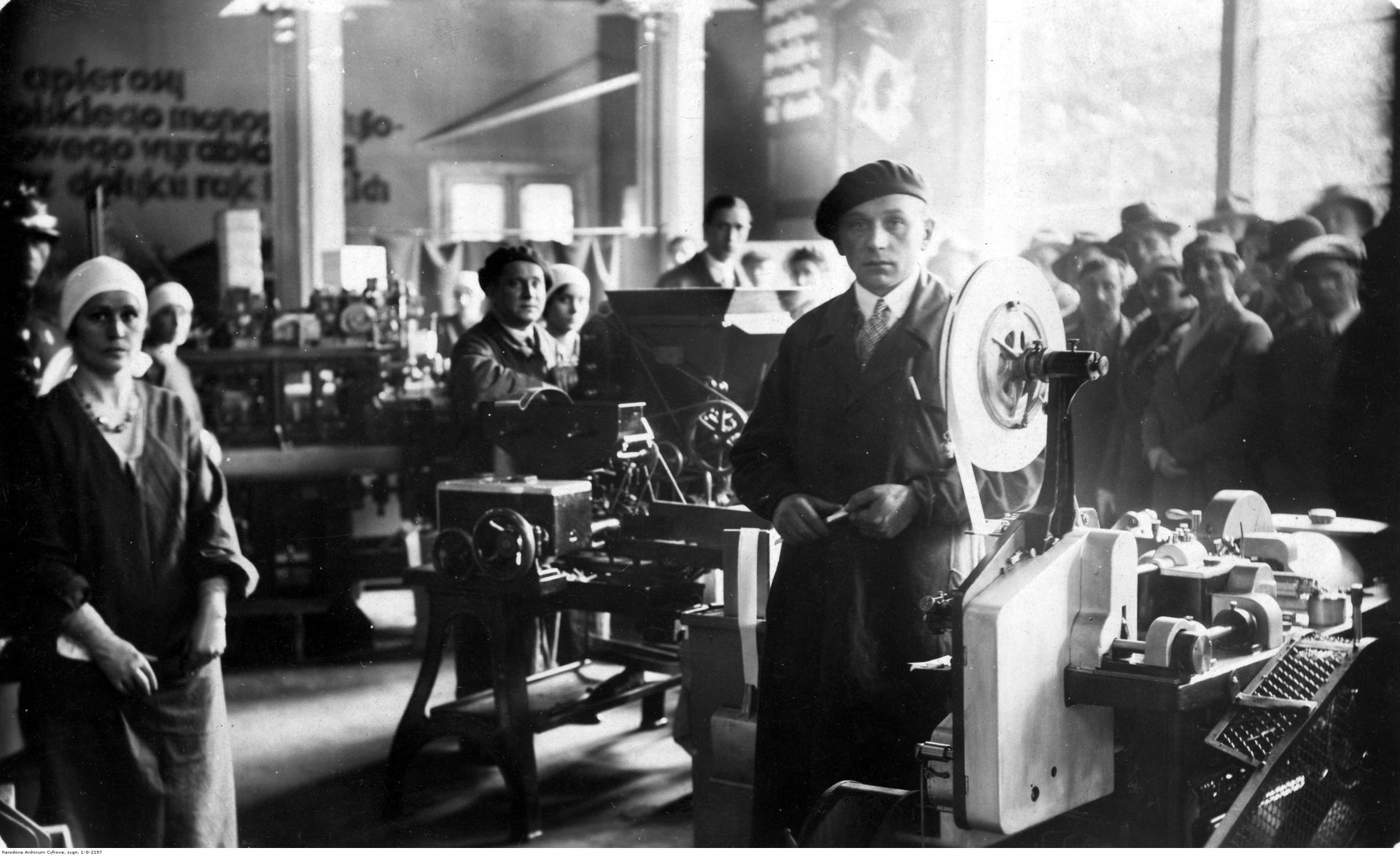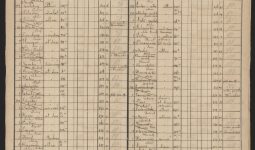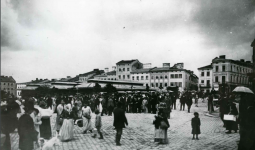Female workers on borderlands: social mobility, solidarity, and welfare
Dr. Iryna Sklokina
2022 — present
This research focuses on the social welfare of working-class women in the 19th and 20th centuries in eastern Galicia. Provision of housing, safe working conditions, the right to rest, and childcare — all these functions of the welfare state were practically performed by various actors: women themselves, company executives, trade unions, informal organizations, religious communities, and families. This project aims to consider these processes “from below” emphasizing the agency of female workers. The factor of borderlands and their changes over time (both territorial and conceptual: from open borders to tightly controlled ones) necessitates comparisons as well as transfers of knowledge and practices from the field of social welfare.
The empirical case for this research is the Vynnyky Tobacco Factory, established as a state-owned enterprise in 1778 out of small workshops. It was also a state monopoly in the Polish interwar state and in the Soviet times, and was privatized in 1993. Women constituted the majority of the workforce, so the enterprise was a kind of laboratory for the development of social welfare institutions, such as the kindergarten for children at the factory. The factory was also connected to other cigarette production sites, such as in Monastyryska and Zabolotiv, as well as to raw material warehouses in Przemyśl. The role of the factory's borderland location changed in different periods; however, it was consistently important: it was a matter of different ethnic communities and internal social boundaries between them; then, traumatic processes of forced displacement of people and property as a result of World War II and border changes; illegal exports of products; and tourist and business trips — all of which stimulated comparisons of different social welfare systems.
Among the key questions of this project are: what were the forms of interaction between the state, enterprises, families, and associations in social welfare? How did formal and informal welfare mechanisms coexist? What role did gender play in the hierarchies of welfare distribution and notions of need and responsibility? How did central authorities of states and actors interact on the periphery?
Important components of the source base are the archival documents from the SALR (State Archive of Lviv Region; DALO, t/n), and the CSHAL (Central State Historical Archive; TsDIA, t\n), as well as the Central Archives of Modern Records in Warsaw, and planned oral interviews with (former) employees.
This research is part of the larger international project SOCIOBORD, conducted by the European University of Florence, which studies social welfare in the case of veterans, women, and children in three borderlands: Franco-German-Belgian, Ukrainian-Polish (Galicia), and Italian-Balkan (Adriatic).
Publications
- SOCIOBORD: Social Politics in European Borderlands. A Comparative and Transnational Study, 1870s-1990s, https://sociobord.eui.eu / https://www.lvivcenter.org/en/updates/sociobord-2/
Presentations
- Iryna Sklokina, "Welfare state from below and beyond the borders: working-class women in Galician borderland, from 1800 till today”, presentation at the visiting fellows research seminar at the Leibniz-Institut für Ost- und Südosteuropaforschung, Regensburg, 20 February, 2023
Credits
Cover Image: Tobacco factory in Lviv. 1920s-30s Source: Narodowe Archiwum Cyfrowe, 1-G-2157.











